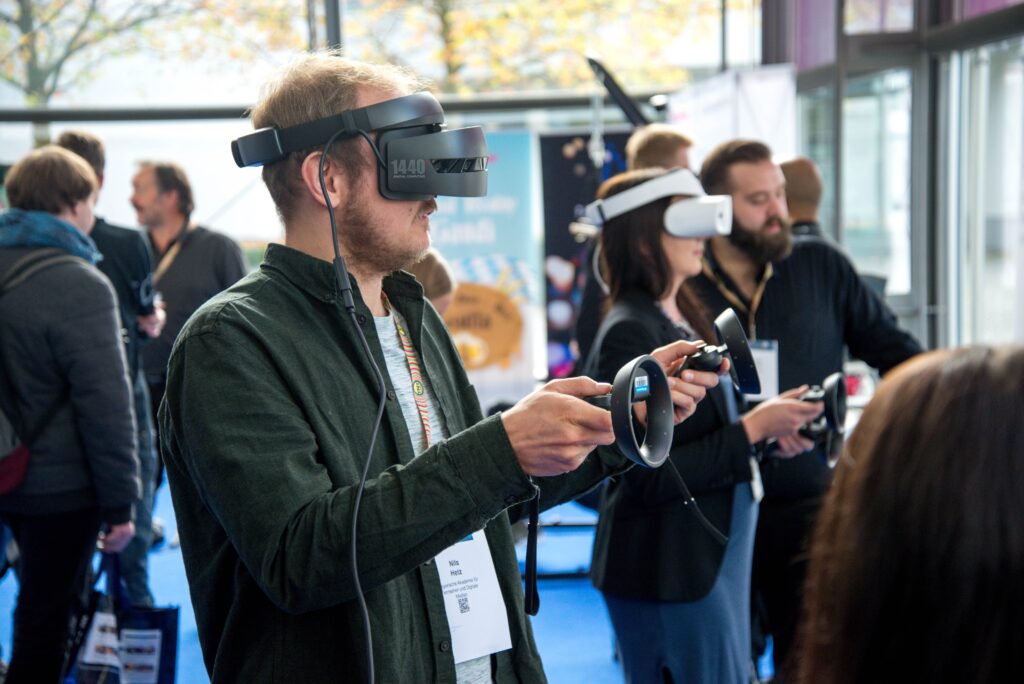The bar set for 2021 is extremely low — ankle-high. With a mysterious viral outbreak hitting China and fires sweeping the southern hemisphere, 2020 started off poorly. It ended with a reminder that things might not improve at much more than snail’s pace, if at all.
In good times, and in hard times such as these, people turn invariably to entertainment. It is the safe haven in which life’s harsher realities can be forgotten.
For those in the industries that produce our distractions, the pandemic presented challenges. Due to social distancing and Covid-19 restrictions, it had never been harder to produce content or to hold live events. And yet, there had never been greater demand for avenues of couch-borne escapism.
Cinemas were closed due to lockdown restrictions. Numerous tentpole titles were repeatedly delayed for release. Even a gutsy and/or belligerent in-theatre blockbuster like Christopher Nolan’s Tenet struggled to come out in profit.
For the first time in history, China overtook the United States in terms of box office revenue — thanks in no small part to a comparatively stellar Covid-19 response.
At unprecedented rates, people around the world turned to digital subscription on-demand platforms, such as Netflix, Amazon Prime, and Hulu, to while away their hours at home. Although streaming was already booming, with advertisement-based models highly disrupted, 2020 was the year we truly embraced the streaming age.
The streaming tide
“Like the Internet or the telephone, streaming is a technology that’s here to stay,” according to Tom Nunan, an entertainment industry insider. Just as Hollywood adapted to the talkies, and to colour, it will evolve with and occupy this new medium, however disruptive.
Erika Kilbride, solution principal at the consulting firm Slalom, sees more and more people getting their content online. She also expects many in entertainment to rely increasingly on cloud technology and AI in order to speed up how quickly they can produce content.

“We’re seeing an acceleration of that transition from linear models to streaming platforms,” Kilbride explained.
Recent trends have shown that through streaming video services, companies can deliver immense choice at an affordable price. At the same time under subscription models they can build direct relationships with consumers. The onus can move from finding audiences for advertisers, to keeping paying customers happy.
Personalised experiences
With this paradigm shift comes the benefit of valuable consumer data that cannot be found anywhere else. Monitoring consumption and predicting future trends can now inform production with greater precision. Combining this with powerful new artificial intelligence allows these platforms to offer their content hyper-localised, customer-centric, and anticipating trends before they have happened.
“Increasingly, many people regard their digital E&M [entertainment and media] spending […] as a utility on a par with water or electricity,” according to PwC’s entertainment analysts in a report fittingly entitled Pulling the Future Forward.
Catching up with the box office in 2019, subscription video on demand is predicted to surge in the coming five years to reach twice the size of the box office by 2024.
All this change means that people in the industry need to become more agile. “We need to speed up that time from concept to consumption,” Kilbride suggested, adding that technology such as artificial intelligence will make this possible.
Virtual and augmented
Live events around the world, from sports to music concerts, were obviously devastated by Covid measures. Although household penetration is still low, virtual and augmented reality (VR, AR) devices are one of the newer ways that people escape the much-reduced scale of their pandemic lives.
Prior to Covid, these were not neglected areas of experimentation, boasting notable showings from the likes of Oculus (VR) and the ubiquitous Pokémon Go (AR). However, due to the unmet demand for transportive experiences in 2020, these technologies enjoyed more focus from developers and creatives than they have had in the past.

There were a number of events during the year, from AR monumental sculptures to virtual fireworks — each bringing some novel levity to audiences during difficult times.
The combination of added attention and technological maturity have set these media up for a decent year in 2021, across industries. Augmented reality is “forecast to increase drastically,” in the next few years, and the VR market is set to grow at a year-on-year rate of 59% up until 2024.
Virtual and augmented reality are even set to touch the world of music. The next big thing coming from the K-universe could be the South Korean girl band aespa, comprised of its four pop stars and their corresponding virtual avatars. Some commentators think this could just be the first wave of a virtual and augmented tsunami to hit the pop scene.
Lockdown gaming
Many morale-boosting online events were held, some even inside virtual venues normally reserved for gaming; notably the release of Travis Scott’s virtual live concert inside the game Fortnite.
Due to the pandemic, players have been spending more time, more money, and interacting more often with their friends online. This despite a number of delays to major games titles during the year, and some colossal crunch-time disasters. This trend added to the already rapid rise in e-sports, filling the hole left when the worlds sports leagues were forced into hibernation.

While much of the attention is placed on premium console gaming, the dominant medium for all of this play is actually the smartphone.
In 2020, global mobile game revenue was projected to reach a staggering $77.2 bn, roughly the take of console and PC games combined. The centrality of mobile gaming is expected to be further cemented with the advent of cloud-based models in the near future that can facilitate high-end multiplayer gaming for even relatively feeble devices.
The 5G revolution
If 2020 was the year of subscription consumption, 2021 is earmarked for the now notorious 5G network. This is not so much a product, as on overhaul to existing mobile infrastructure, one that will permit ever more data-hungry behaviour to flourish. This is likely to expand mobile gaming’s share of the commercial pie, but the impact will likely touch many areas of the entertainment industry.
“Whatever we do now with our smartphones we’ll be able to do faster and better,” said Ian Fogg from OpenSignal, a mobile data analytics company.
Fogg points to smart glasses featuring augmented reality, mobile virtual reality, higher quality video, and the internet of things making cities smarter, as some of the ways in which 5G will impact our world.



